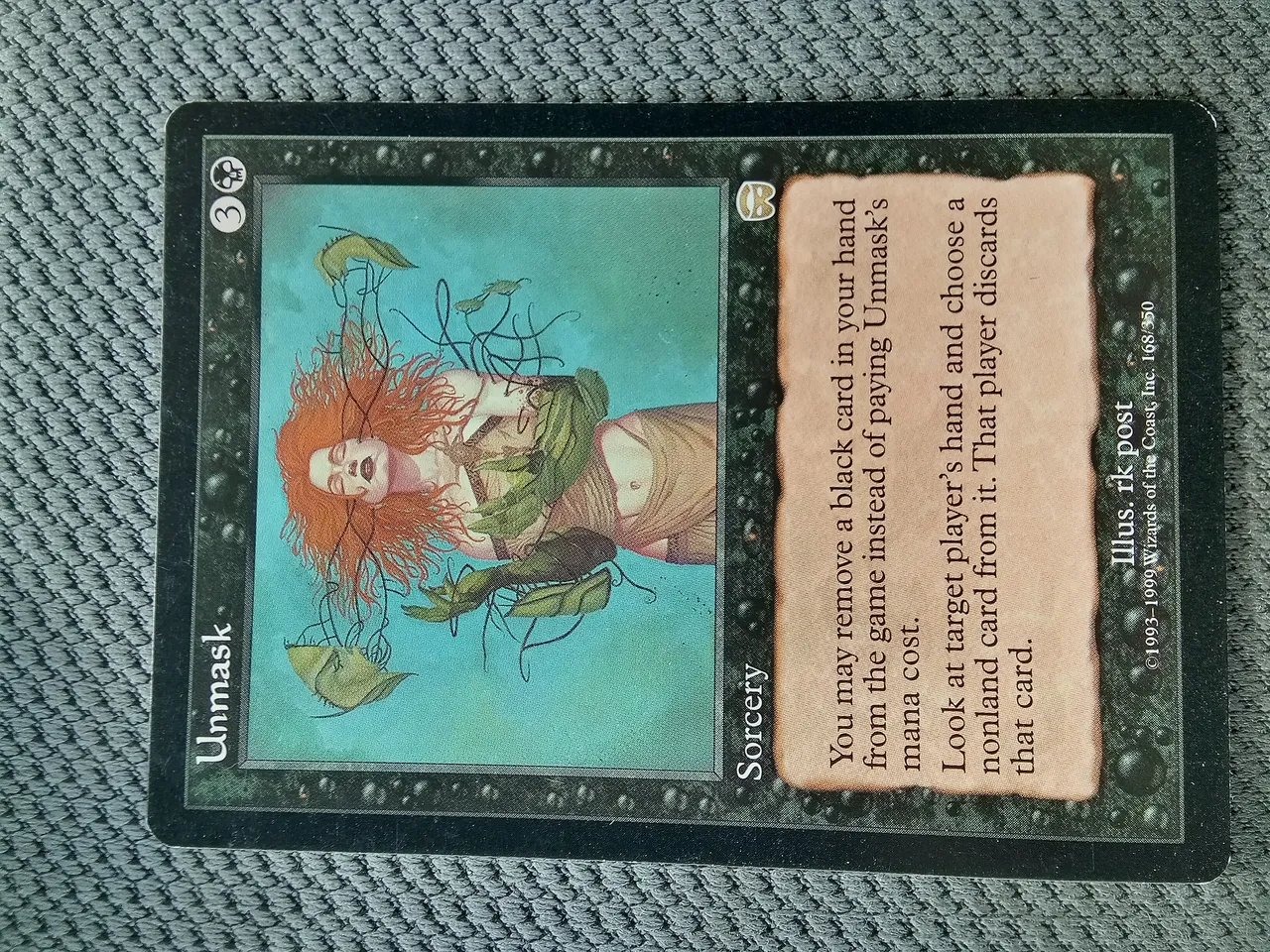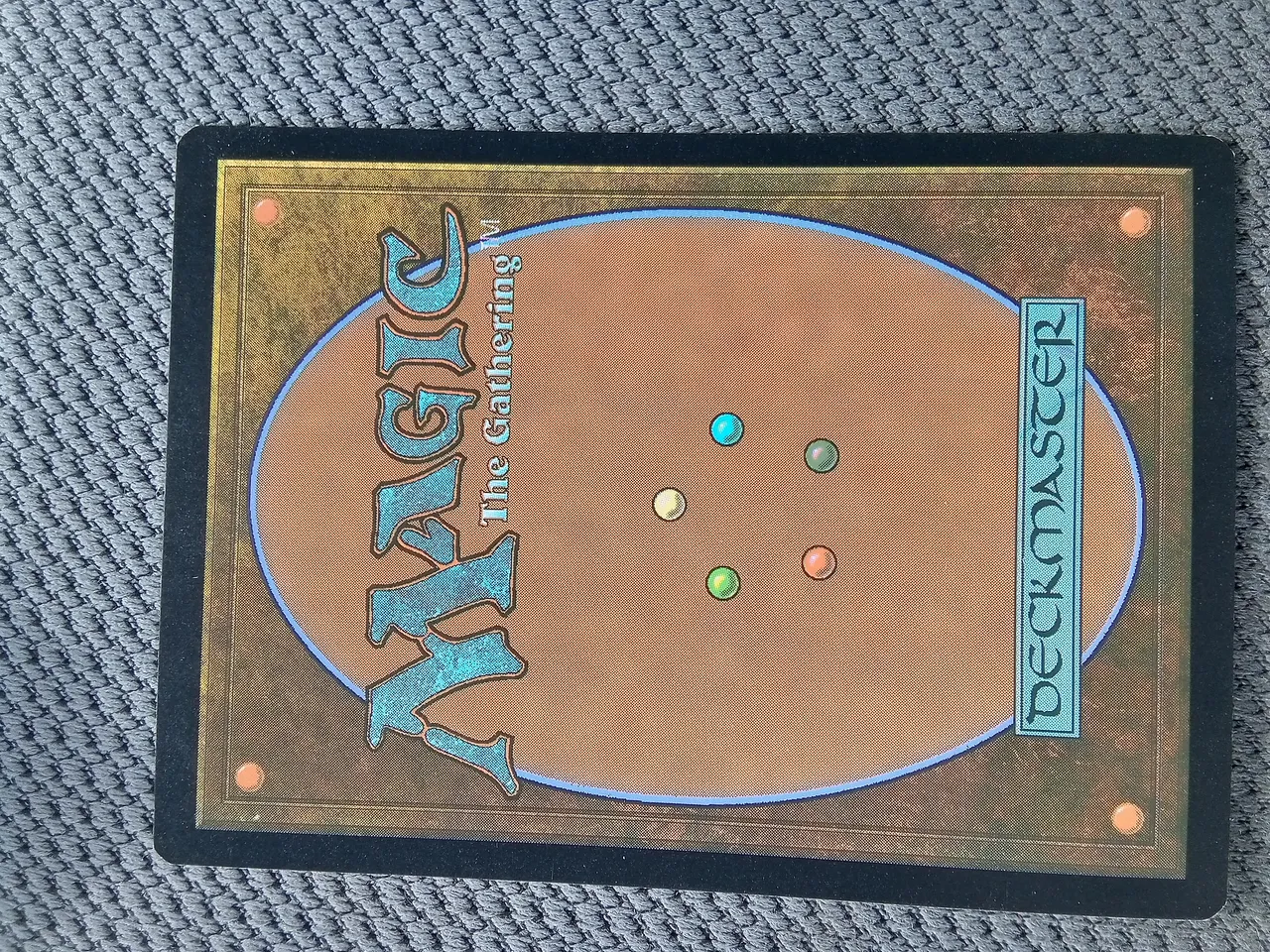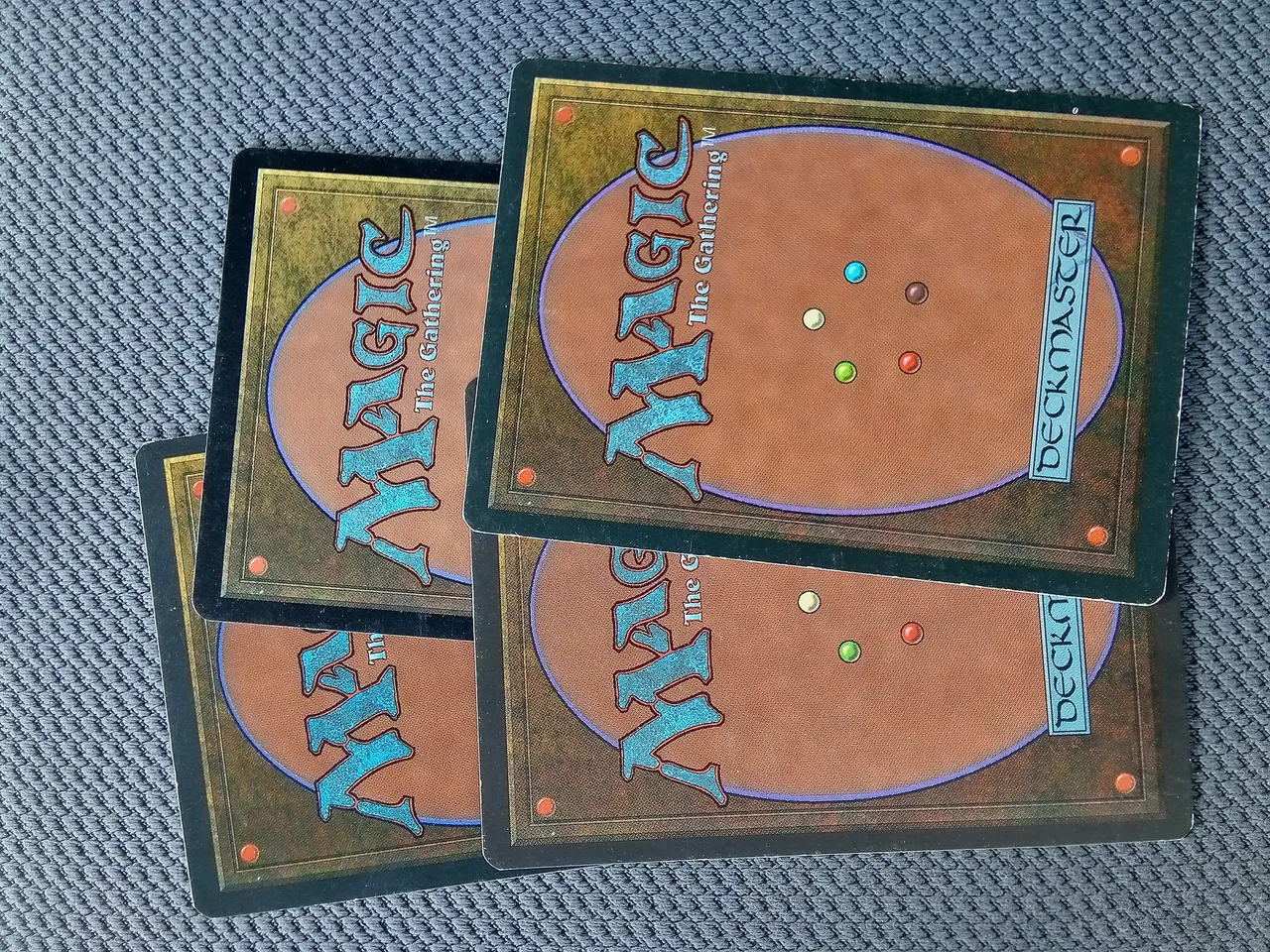Aggressive Magic the Gathering Decks- A Strategy Guide
All right everybody, I'm back with another one. Once again, I would like to give the credit for the art in this post to Wizards the Coast 1993 to present I took all the pictures on my phone so I'm going to give myself credit for that.

It's really important to know in a gaming perspective some basic strategies for Magic the Gathering TCG. I've been playing Magic the Gathering for about 20 years now and I've seen a lot of decks come and go- from combo decks, control decks, speed decks and just everything in between. Commander decks really change the way the game was played, and I'll be doing another post all about that tournament format. Aggressive decks are a type I have written about previously, and I wanted to dive deeper into their construction and nuances in this post. The aggressive deck has evolved over the past 3 decades, but the basic idea is the same- to overwhelm your opponent with a hoard of creatures and damage enhancers for the win. You will typically see direct damage spells and boosters in this archaetype and the key is a turn 4-5 win to avoid hand lock where too many lands are drawn.

Aggressive Decks in Magic the Gathering TCG
Here's some basic strategies that you can employ when you're playing Magic the Gathering. So it's really important to know the turn order. When you begin a game of Magic the Gathering you decide who goes first based on a coin flip dice roll or another method. The player who goes first is going to have an advantage and that they get to play out their first land and potentially their first spells the player who goes second is going to draw the first card so there is pluses and minuses depending on what you're going to do.

It's very important to know that if you're playing a speed deck you really want to make sure that you're heading off on your best foot forward. If you're going to know you're going to be dropping cards like Jackal Pup, Cursed Scroll, Mogg Conscripts, Kird Ape or the like, you want to make sure that you load your deck with four copies of each card and that you make sure that you have aggressive renewable sources of damage. Consistency is key, and if you're going to play an aggressive deck that relies upon a bunch of cheap creatures costing three mana or less, you have to have some kind of assurance that you're not going to deplete your hand and then you're going to run into a situation where a board sweep hits the game like wrath of God and each card to draw after that is going to put you further in the hole. Play testing is essential, so you will likely adjust your creature mix based on your deck and the tempo you learn playtrsting against control, combo and other aggressive decks.

As an aggressive player in Magic the Gathering, you're taking on a strategy where there's a lot of risk if you get past turn four or five. If you haven't won the game by turn 5-6, you run the risk of just drawing land after land and getting yourself into some bad situations, so make sure that you reduce your total land count to about 20 to 22 from the usual 24 so that you can assure yourself of a board sweep hits and you haven't won after game after turn five that you can go ahead and recover. Again, play testing is essential to learning how best to operate your deck and the land mix you will use. Incorporating a few big finishers with mana cost 5-6 may also help you win in stalemate matches.
There are lots of different aggressive strategies you can take- if you're playing an aggressive green deck and you have a lot of one and two drops make sure you're ready for those board sweepers. Adding 24 creatures to your deck is a good insurance policy against being board swept. Another strategy is to hold 2-3 creatures in your hand in case your army is the target of mass removal. In essence, you can recover and make a new army of cheap recursive damage if you need to.
A common problem with aggressive decks is they often over rely upon things like direct damage or creature boost spells and may load too many. Direct damage can often not provide card advantage and are used one time, as opposed to reusable damage from creature armies. When you're loading your deck with these things you have to realize they can be one turn use and your opponent especially if they're playing and control that can recover you don't want to be overly reliant upon burn spells. Some players will load up up to 20 different burn spells in their deck like Lightning Bolt, Shock, Chain Lightning and the like and they will run into problems. Also creature pump like giant growth can be good but if you have too much creature pump your opponent once again can recover you want to make sure that if you're running aggressive deck you have renewable sources of damage so cheap creatures Cursed Scroll and Rancor all my with equipment that's going to add to your creatures permanently are very important for your game. I would recommend loading no more than 12 direct damage spellsand suggest Lightning Bolt, Chain Lightning and Incinerate are good in your deck and just leave it at that make sure if you're running aggressive car it's that they are renewable sources of damage.
The aggressive deck might also fall into a pitfall of getting swept board sweepers like Wrath of God and Nevinyrral's discuss and the like are really a big problem, so make sure if you're going to be running into these spells you have your sideboard employed to destroy artifacts and make sure that you have a lot of creatures 20 plus 24 plus so that you can overrun your opponent consistently.
Now all that being said there are a lot of cons against aggressive decks but there's a lot of pros many people run aggressive decks because they're cheap you can get a lot of common creatures out there and you can have them be renewable damage for your deck. You've got to understand though that the biggest advantage is renewable cheap quick creatures and other things that are going to be damaged sources that you can use again and again turn after turn. If you know you're going to be running into a controlled deck after control deck utilize your sideboard Pyroblast, Red Elemental Blast. Various other things are going to be really important if you know that you're going to run into board sweepers employ as many creatures as you can and try to take your opponent out before it turn four.
So if you're going to play an aggressive deck either in Commander or any other types make sure that you have a lot of good recursive damage, as that's really the backbone of one of these deck types. Typically these deck types are going to be red black or green but I've seen aggressive decks of all types make absolutely certain that you play test your deck many times.
Posted on Hive and Blurt
